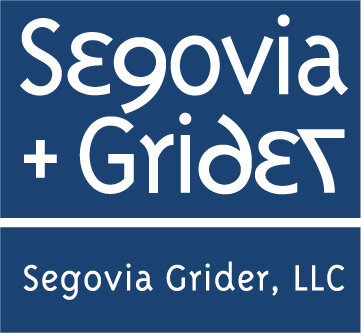QuickBooks Online (QBO) contains a powerful bank download feature. With a few easy steps, bank accounts and credit cards can be linked to the QBO account. The downloaded info can significantly reduce data entry but it is important to understand how to use it.
The downloaded transactions show up in the Banking Menu, which can be found on the left menu and on the bank section on the dashboard page. (Note, before the accounts are connected to your bank, the dashboard will take you to the account register). The banking page shows the connected accounts across the top and you can jump from one account to another very easily. Each account defaults to a list under the tab titled "For Review". This list represents transactions that have made it to your bank account but they are not recorded in your QuickBooks bank account register until you accept them or match them on the review page of the bank download.
Think of the bank download page as a bucket that holds the transactions until you decide what to do with them. You have several choices:
ADD - This will add the entry to the QuickBooks bank account register. Before accepting, you can select the account and the class and make adjustments to the memo. QBO gets smarter as you use this feature. It bases guesses on previous entries you have accepted. Each time you change an account for an entry, it will change all other like entries that haven't been accepted. Therefore, if you have two transactions to Amazon and one should be recorded to supplies and the other should be recorded to repairs & maintenance, you will need to add them one at a time (rather than as a batch action) to avoid them both going to one account.
MATCH - This option recognizes that you have already entered the transaction in your register and is matching the downloaded item to it, effectively clearing it for you on the next bank reconciliation you prepare. It does not add the entry as that would duplicate it. (Note: the download cannot match to transactions that have already been included in an account reconciliation).
FIND MATCH - Within the options when a transaction is selected (opening the line to show more details), you have the option to find matches. This is especially helpful if the downloaded amount matches to two or more previously entered transactions. For example, if you entered daily credit card deposits but the credit card processor clears the Saturday and Sunday deposits as a single deposit, you can use Find Matches to select the two deposits that match to the one download.
TRANSFER - The transfer option occurs when the download "guesses" the transaction is a transfer between another asset or liability account. Generally, this will apply to credit card payments and bank account transfers from other connected accounts. I find this one trips people up more than the other options. If an transfer is accepted and later needs to be corrected, you can only change it to another asset or liability account. If the transaction is really income, it can't be moved to an income account. If you suspect the system is not guessing correctly, change the option to ADD so you can choose an income or expense account.
Finally, you can deal with groups of transactions at one time through the Batch Actions option. By clicking the boxes on the left of the selected lines, you can perform the following actions:
ACCEPT SELECTED - This accepts the transactions as they are listed. So you can accept Adds, Matches and Transfers all at once.
EXCLUDE SELECTED - This removes the items from the review list but doesn't record them in the register. They are moved to the Excluded tab on the download page. This option is most useful when first starting with the bank download. Generally, the download will bring in about 90 days of history but you may have only 30 days that haven't been previously reconciled. Therefore, the older transactions need to be excluded to avoid duplicate entries.
MODIFY SELECTED - This will allow you to select multiple items and modify the payee, account and class to be the same for all selected transactions.
With an understanding of the download process, it can be a great time saving tool!
